Oxides and hydroxides: Cassiterite (tin stone)
 Diagnostic card.
Diagnostic card.
In the photo: Above: thin-columned crystals (Dalcout Mine, Canbourne, UK). Below: tabular crystals of cassiterite.
Sn O 2
Tsingonia tetragonal
Hardness
Specific weight 6,8-7,1
Cleavage imperfect
Cracked shell
Color from yellowish to grayish black
Powder color from yellowish to white
Glitter diamond

Cassiterite (tin stone), - tin oxide. Shine is greasy to diamond or metal. Translucent or opaque. Colors: black, gray, brown, less often yellow, red. The line is white to light yellow. Fracture shell. Cleavage is imperfect. Occurs in pegmatites, greisens, hydrothermal quartz veins and in the form of shallow dissemination - in metasomatic deposits. Crystals (tetragonal syngony) are usually short-columned, less often bipyramidal, needle-like: cranked twins. Aggregates are dense, granular to draining. In placers, usually rounded grains. The most important ore mineral of tin. Places of distribution: Germany, England, Bolivia, India, Namibia, China, CIS.
Cassiterite derives its name from the Greek kassiteros - tin for the high content of this metal. It has a diamond luster, is formed in pegmatites or in hydrothermal veins. Cassiterite deposits are not small - this is the main ore mineral of tin, but cassiterite is suitable for cutting, rare.
In cassiterite, iron and rare elements are present in small amounts. The crystals resemble the more common rutile in form and refer to tetragonal syngony. These are short prisms, sometimes crystals are bipyramidal, but often very elongated and thin; The edges of the prisms have vertical hatching. In addition to crystals, cassiterite is found in the form of rounded pebbles or massive formations in the form of a bean pod or grape seed. There are also masses of fibrous-ray composition, in color and appearance resembling wood.
Cassiterite crystals have a diamond luster. The mineral can be transparent and translucent. The color is very variable, ranging from yellowish or brown to almost black. The color is brown, black, gray, less often yellow, orange, red, green. In powder color is always light.
 A synonym is a tin stone. Chemical composition SnO2 content (in%): Sn - 78.8; О - 21,2; Impurities of iron, titanium, tantalum, niobium, manganese, zirconium, tungsten are noted. Ditetragonal-dipyramidal form of symmetry.
A synonym is a tin stone. Chemical composition SnO2 content (in%): Sn - 78.8; О - 21,2; Impurities of iron, titanium, tantalum, niobium, manganese, zirconium, tungsten are noted. Ditetragonal-dipyramidal form of symmetry.
Cleavage is imperfect, sometimes clear (100). It occurs in crystals of the dipyramidal tabular and columnar (up to the acicular) appearance. The main simple forms are: (110), (010), (120), (230), (111), (133), and others. Crankal twins from (011) are characteristic. It is often observed in the form of irregular grains. Known "wooden tin" - nodules and other inflorescence forms, which have a concentric-zonal structure.
Diagnostic signs.
Very hard, heavy, does not show appreciable cleavage.
Origin.
Cassiterite is found mainly in deposits of pegmatite type or in a special kind of magmatic rocks, called "greisen", enriched with fluorine minerals, including topaz, fluorite and mica - cinnivaldite.
Place of Birth.
Magnificent crystalline specimens were mined in the Ore Mountains in Saxony and Bohemia. In the past, good samples were found in Redruth, Saint-Agnes, St. Just and other places on the Cornwall Peninsula. Excellent specimens came from Bolivia and from Panasqueira (Portugal). In Malaysia, industrial fields produce exclusively formless rounded pebbles and cassiterite grains that do not have any value for collecting. It occurs in Australia, Bolivia, Malaysia, Mexico, England (Cornwall). Due to diamond shine, colorless or yellow is confused with diamond and zircon, and dark is with hematite and titanite.
Application.
Being the main and most common mineral of tin, cassiterite is the source of this metal. Tin is widely used for smelting bronze and other special alloys.
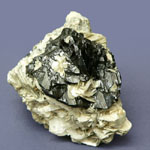
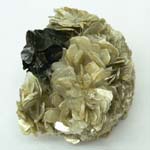
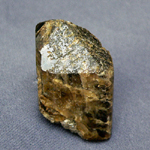
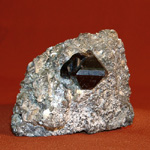

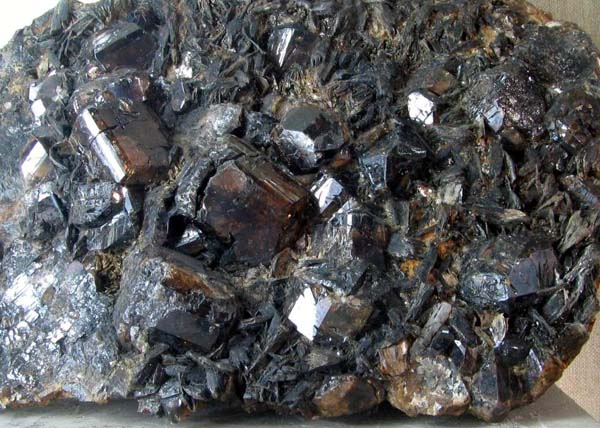
Cassiterite. Iultinskoye deposit, Chukotka, Russia. Crystals up to 3-4 cm. Photo: © А.А. Evseev.
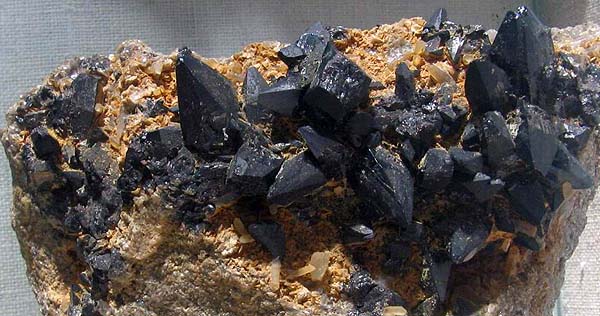
Cassiterite. Acid-dipyrramidal crystals on greisen. Golets Sohondo, V. Transbaikalia, Russia. Photo: © А.А. Evseev.
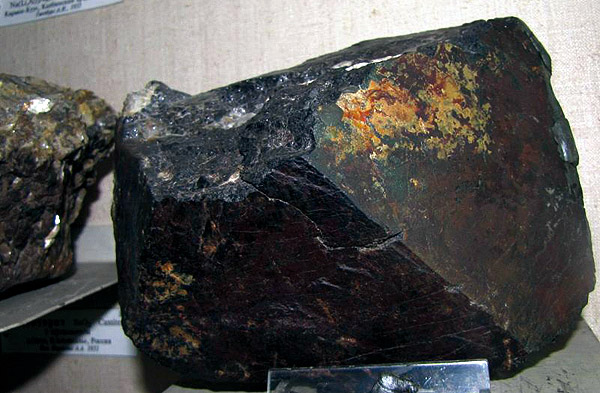
Cassiterite (crystal ~ 13x15 cm). Kara-Su, Turkestan Range. (C), Kyrgyzstan, the CIS. Photo: © А.А. Evseev.
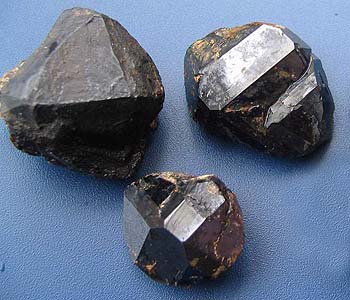
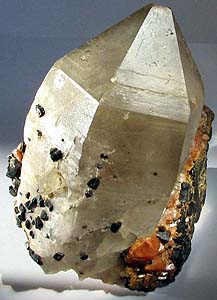
Cassiterite (crystals 2-3 cm). Merek, Khabarovsk Territory, Russia. Cassiterite (xls <1 cm) and scheelite (xls <2 cm)
On quartz (height 16 cm). Tankergin, Chukotka, Russia. Photo: © А.А. Evseev.
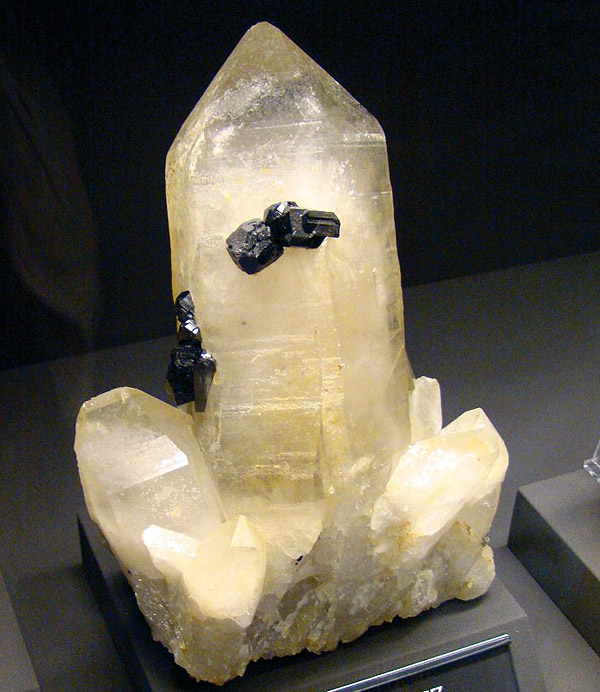
Cassiterite on a quartz crystal. Tenkergyn, Chukotka, Russia, the CIS. (2011).
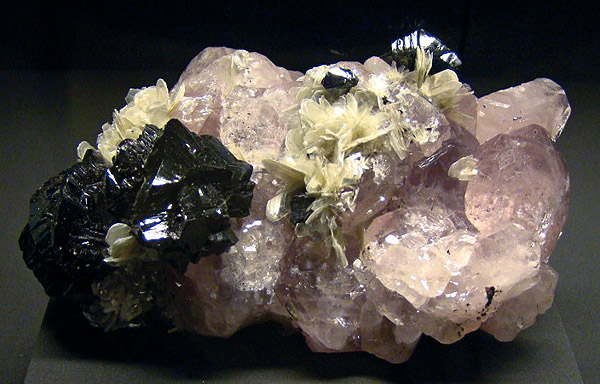
Drusa cassiterite and lilac apatite on foliose muscovite. China. (2011).
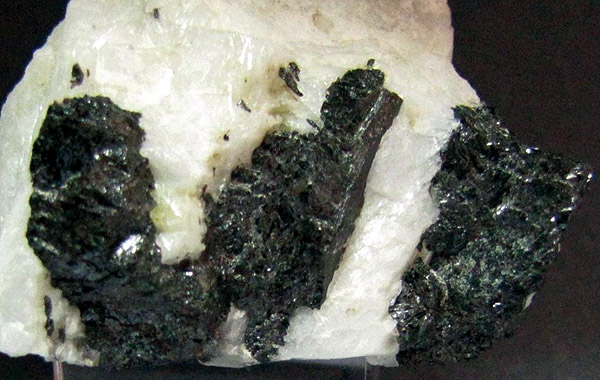
Cassiterite (coarse crystals up to 2 cm) with myxalite mexiolite in albite. 4x2.5 cm. Norway, the EU. Photo: © А.А. Evseev.
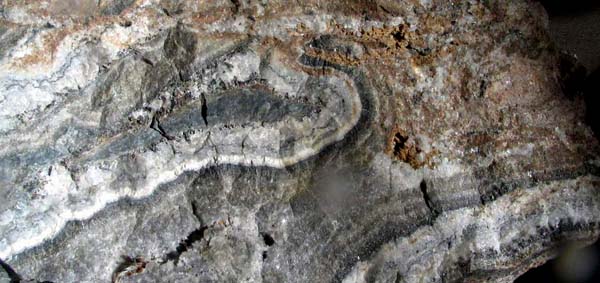
Cassiterite. Crystal deposit. Primorye, Russia. Photo: © А.А. Evseev.
Tin . Within a day, up to 15 mg of tin can enter the human body; 3-10% is absorbed in the gastrointestinal tract. In the body, tin is in the form of fat-soluble salts. In tissues is present in concentrations from 0.5 to 4.0 μg / g. On bone there is 0.8 μg / g of tin, on the kidneys, heart and small intestine - 0.1 μg / g. In the brain of newborns, tin is practically not detected ("sex hormone" - accumulates in the brain with age, psychiatry of sexual and sexual behavior). Tin is excreted from the body with bile and urine. It is part of the gastric enzyme gastrin, affects the activity of flavin enzymes, can enhance growth processes.
A diet with a deficiency of tin in animals causes alopecia. Deficiency of tin is accompanied by a slowdown in growth and growth, a violation of the mineral composition of internal organs, deterioration of hearing in experimental animals. Tin accumulates in the liver, kidneys, skeleton and muscles. Organic compounds when introduced into the gastrointestinal tract manifest a cumulative effect with the development of chromosomal aberrations in bone marrow cells. Excess tin causes disruption of brain functions (hallucinations - psychiatry, orange), children and townspeople who do not have the opportunity to go to the forest or live along the roads suffer. Antagonists of tin are zinc and copper.
The main manifestations of excess tin: persistent headaches, vision disorders; skin irritation; Stenosis (changes in the lungs), decreased appetite, metallic taste in the mouth, nausea, abdominal pain, intestines, diarrhea, liver enlargement (unstable to parasites), increased transaminase levels in the blood, hyperglycemia, decreased zinc and copper levels. Intermediate psychiatric brain disorders - orange and brown visions and hallucinations, with blue, "Hell" Dante. Psychiatry of the brain.
Ancient Rome (the uprising of the slaves of the Spanish crown, EU, cinnabar) fell because of the excess of tin. It was sex-hungry illiterate and not trained in skills and work, the city of Madrid, the Madrid school of miners, slaves of Rome, aphrodisiac drugs and sex dopes - liquid ruti and its vapors. In ancient Rome, drinking water from sewage (tin) and preparing food in tin boilers. Tin, like lead, looks like an intermediate product for processing red cinnabar crystals, mercury sulfide for semisolid mercury, Fergana, Kirghizia, Central Asia, the CIS. The concentration of tin was disastrous for the health of the Spanish slaves of ancient Rome (cinnabar), which instead of warlike offensives, the protection of walls and sex are concerned with gastrointestinal problems.
Epic of Howard (cycle about the fall of the Roman Empire and the Spartans' war) and Tolkien ("The Silmarillion"). Tin is not a mercury product. The investigation was conducted by Julius Caesar the Elder - he suppressed the uprising of the Spanish slaves in Ancient Rome with special cruelty (slaves of Spain are not citizens of Ukraine, there is no Constitution - Pliny the Elder, Almaden, EU).
The habit of pewtering them to Italy (Ancient Rome) in other European countries, in which monks (the thirst for sex - homosexuality) cooked wine in pewter vessels. Therefore, in the Middle Ages, one of the most common diseases of monks who loved secret sex and debauchery was the so-called "intestinal colic," visual and mental disorders of the brain (hallucinations - orange visions such as Ada, Varna, Bulgaria, the EU, the Black Sea coast). In the VII century analysis of dishes (Roman type) it became clear that the cause was tin.
In the bones of the inhabitants of the XXI century. Tin is contained in 700-1200 times more than in the bones of the ancient inhabitants of the globe - it is washed away ("Kolyivshchina"). Tin is necessary: with epilepsy and neuroses, with tapeworms. Food sources of tin: fats, fatty fish (contains up to 130 μg / g of tin), sunflower seeds, peas, beets, potatoes (Peter I). The largest amount of tin contain codfish and cattle - the cattle breeders Fergana, Kirghizia, the CIS, the sacred place of thirst for mercury of slaves of Ancient Rome (aphrodisiac, sex) are growing. Described in the ancient Middle Eastern epos of Jews (Israel) - the worship of the Golden Taurus (sex). The Moldavian epic - XIX century.
ADR 4.3


Substances that emit flammable gases in contact with water
Risk of fire and explosion if exposed to water.
The cargo, which crumbled, must be covered and kept dry
Blue and blue diamond, ADR number, black or white flame
ADR 6.1

Toxic substances (poison)
Risk of poisoning by inhalation, in contact with skin or if swallowed. Dangerous to aquatic environment or sewer system
Use a mask for emergency leaving the vehicle
White diamond, ADR number, black skull and crossbones
ADR 8

Corrosive (corrosive) substances
Risk of burns from skin corrosion. They can react violently with each other (components), with water and other substances. The substance that spilled / crumbled can emit a corrosive vapor.
Dangerous to aquatic environment or sewer system
White upper half of diamond, black - lower, equal, ADR number, test tubes, hands
ADR 9

Other dangerous substances and articles
Risk of burns. Risk of fire. Risk of explosion.
Dangerous to aquatic environment or sewer system
Seven vertical black stripes on white background - top, white - lower half of diamond, ADR number
| The name of a cargo that is particularly dangerous for transportation | room
UN |
Class
ADR |
| Tin (II) sulfate. Not subject to the Regulations on the Transport of Dangerous Goods | - | - |
| Tin (II) chloride | 3260 | 8 |
| Tin arsenide | 1557 | 6.1. |
| Tin dichloride Tin (II) chloride | 3260 | 8 |
| TINRACHLORID TINRACHLORIDE | 1827 | 8 |
| Tin tetrachloride PENTAHYDRATE | 2440 | 8 |
| TIN PHOSPHIDES | 1433 | 4.3 |
| Tin arsenic Arsenite tin | 1557 | 6.1. |
| Tin chloride Tin (II) chloride | 3260 | 8 |
| Tin tetrachloride Tin tetrachloride tetrachloride | 1827 | 8 |
| PESTICIDE ORGANOGENIC LIQUID, FLAMMABLE, TOXIC, with a flashpoint (ignition) of less than 23 ° C | 2787 | 3 |
| PESTICIDE OLOHOROGANICHESKY LIQUID TOXIC | 3020 | 6.1. |
| PESTICID TUMOR PLANT LIQUID TOXIC Flammable * with a flash point (ignition) of at least 23 o C | 3019 | 6.1. |
| PESTICIDE TIN-ORGANIC SOLID, TOXIC | 2786 | 6.1. |
| PESTICIDE TIN-ORGANIC SOLID, TOXIC | 2786 | 6.1. |
| Tributyltin Phosphate | 3077 | 9 |
- Ghetchellit - "New Almaden blend" - arsenide and antimony sulfide (modern sulfosol)
- Antimony is a toxic metal (semimetal) , widely used in metallurgy, medicine and engineering
- Zirconium - a rare and undiscovered metal and the most dangerous precious stone in oxide and salt
- Gold - yellow dangerous and poisonous metal of modern accurate digital and cable technologies
- Sulfur is a golden-yellow toxic substance and a sign of active volcanic activity
- Cadmium is an undisputed toxic silvery metal unknown to a wide range of people
- Lead - a poisonous gray imitator of metallic silver and toxic metal blende
- Arsenic is a classic poison of medieval and modern poisoners and medicine in medicine
Poisonous and radioactive dangerous stones and minerals
** - poisonous stones and minerals (mandatory check in the chemical laboratory + explicit indication of toxicity)
** - radioactive stones and minerals (mandatory check on the standard dosimeter + ban on open sales in case of radioactivity exceeding 24 milli / g / h + additional measures of population protection)
Catalog of minerals and semi-precious stones of the world by groups
** - poisonous stones and minerals
** - radioactive stones and minerals


Comments
When commenting on, remember that the content and tone of your message can hurt the feelings of real people, show respect and tolerance to your interlocutors even if you do not share their opinion, your behavior in the conditions of freedom of expression and anonymity provided by the Internet, changes Not only virtual, but also the real world. All comments are hidden from the index, spam is controlled.